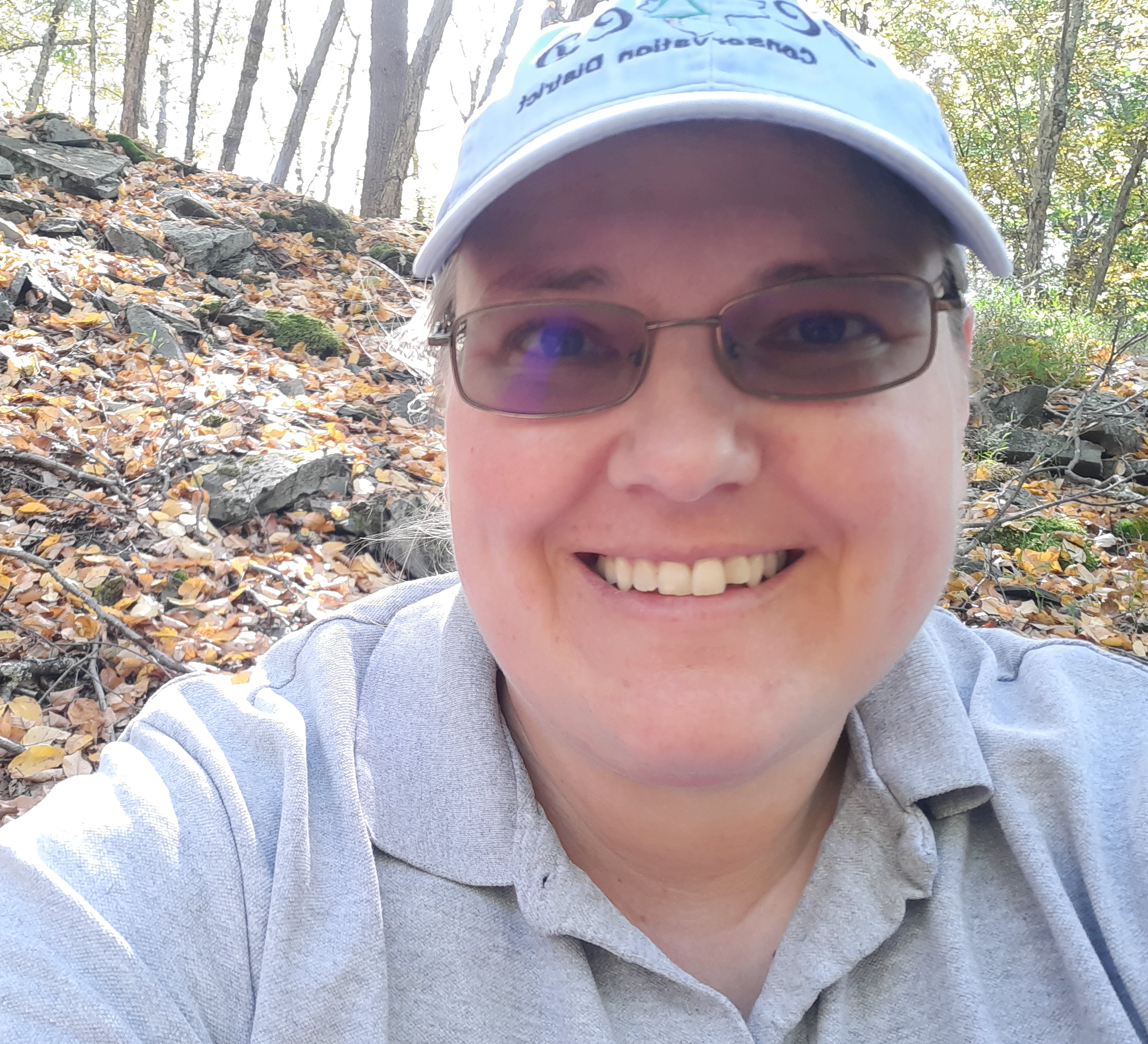News

Wetlands Conservation

By: Ellen Enslin, CPESC, Program Manager
Wetlands…When people hear this word, many are inclined to think of unbuildable wastelands that only breed mosquitos. To the contrary, wetlands are important habitats and nurseries for thousands of species of aquatic and terrestrial plant and animal species. The benefits are many for both the environment and mankind.
If you are lucky enough to have a wetland on your property in Pike County, you may have seen species of turtles, frogs, snakes, waterfowl, fish, and mammals; aquatic plants such as waterlilies, iris, arrowhead, and shrub willows in your wetland.
Migrating birds use wetlands to rest and feed during migration, and as nesting sites when home. Wetlands provide flood protection by storing stormwater and releasing it slowly over time. Groundwater and stream recharge and the removal of pollutants is also a function of wetlands. Wetlands provide both recreation and aesthetic values and economic benefits through eco-tourism. Protecting wetlands can protect our safety and welfare.
Pennsylvania lost over half of its wetlands from 1780 through the mid 1980’s. This can mostly be attributed to pond and lake formation, agriculture and land development with related pollutant release, and groundwater withdrawals. Since then, the state and federal agencies have increased efforts to raise public awareness about the importance of wetland resources and to improve regulation, policies, and wetland programs.
Wetland Protection Tips
Property owners who have wetland areas may consider a few of the following ideas to protect this valuable resource. The simplest way to protect a wetland is to do nothing! Be aware how land use or hydrologic modifications outside the wetland boundaries can impact wetlands.
- Providing a vegetative buffer or greenbelt around wetlands serve as a visual and noise barrier to the interior of the wetland which benefits wildlife. These buffers also slow the velocity of stormwater and allow it to percolate slowly into the ground. Stormwater runoff from hard surfaces can increase the quantity and decrease the quality of water entering wetlands. Reducing these impervious areas and increasing the vegetated areas surrounding the wetlands or providing a grass lined swale for stormwater conveyance will prevent erosion, take up excess nutrients and trap sediment before entering the wetland.
- Reduce your use of pesticides and fertilizers. Perform a soil test to determine how much fertilizer is needed. Read and follow label directions for application. Better yet, explore organic or natural methods of insect and weed control and fertilization.
- If your wetland is adjacent to a waterbody, establish No Wake Zones to prevent wave erosion from boats.
- Do not ride off road vehicles such as ATVs and dirt bikes in wetlands to avoid damaging soils and vegetation. If you must cross streams or wetlands, vary where you cross to avoid impacting the same area repeatedly.
- Livestock should be fenced out of wetlands and stream areas. If the wetland is large, fence the overly used areas to protect water quality, prevent erosion and sedimentation.
These are just a few of the ways you can protect wetlands on your property. Enjoy the benefits and natural beauty that wetlands provide for yourself and the next generation.
